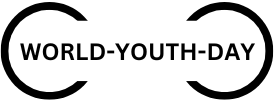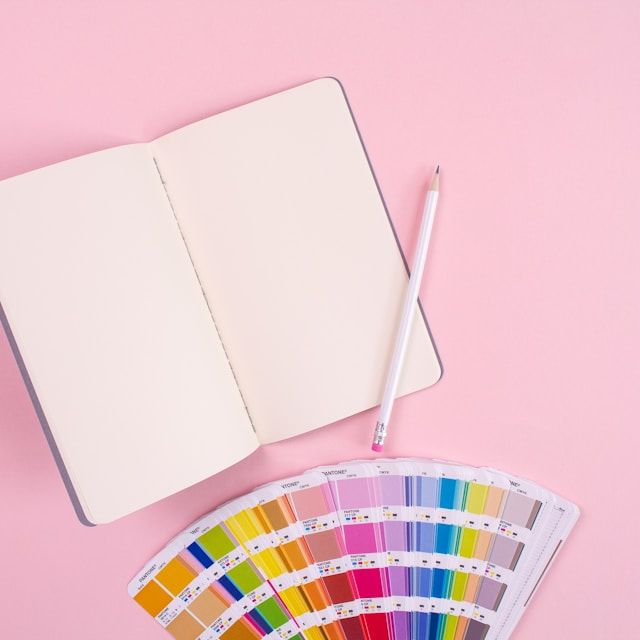The Art of Typography
Typography is a key element in design that goes beyond just selecting fonts. It is the art and technique of arranging type to make written language legible, readable, and visually appealing. Designers use typography to communicate ideas and evoke emotions. Let’s dive deeper into the core principles that define the art of typography.
The Importance of Typography in Design
Typography plays a significant role in how a message is perceived. The choice of fonts, sizes, spacing, and alignment affects readability and the overall tone of a design. Good typography can guide the reader's eye, create hierarchy, and reinforce the message. On the other hand, poor typography can confuse the reader and make the content difficult to understand.
In the digital world, typography is everywhere—on websites, apps, posters, and packaging. Designers use it to create consistency, draw attention, and establish the brand's identity.
Font Selection
Choosing the right font is a critical decision in any design project. Fonts convey different moods and personalities. For instance, serif fonts, like Times New Roman, have a more traditional and formal feel, while sans-serif fonts, like Helvetica, are modern and clean. Script fonts, on the other hand, are often used for elegant or decorative purposes.
It’s important to select fonts that match the tone of the project. For a corporate website, a sleek, modern sans-serif font might work best. For an event invitation, a script font could add a touch of elegance. The goal is to ensure the font complements the message and enhances the overall design.
Hierarchy in Typography
Visual hierarchy in typography helps guide the reader's eye and organizes information. It allows the designer to prioritize certain elements over others. For instance, the title of an article is usually larger and bolder than the body text to grab attention.
Designers use different font sizes, weights, and styles to establish hierarchy. Headlines, subheadings, and body text should be clearly differentiated. This creates a flow that helps the reader navigate the content smoothly. Without hierarchy, the design may feel cluttered and overwhelming.
Spacing and Alignment
Proper spacing and alignment are crucial to creating balance in typography. Too little or too much space between letters, words, or lines can make the text difficult to read. Line spacing (also known as leading) ensures that the text is easy on the eyes and readable.
Alignment, whether left, center, or justified, can also influence how the design feels. Left-aligned text is most common and provides a natural flow for most readers. Center alignment is often used in titles or short paragraphs, while justified text is used in formal documents like books or newspapers.
Balancing space between elements creates a cleaner, more organized look and ensures that the text doesn’t appear too crowded or sparse.
Contrast and Readability
Contrast is another essential aspect of typography. High contrast between text and background ensures readability. For example, black text on a white background offers maximum contrast and is easy to read. However, a light grey font on a white background might make the text harder to decipher.
Designers also play with contrast between different font styles. Combining a bold headline with lighter body text creates visual interest. However, it's important not to overdo it, as too many contrasting elements can lead to confusion.
Readability is always a top priority. If the audience has to strain to read the content, the design has failed. Fonts should be legible at various sizes, and the text should be clear across different devices, whether in print or on a screen.

Typeface Pairing
Pairing two or more typefaces in a design can add depth and interest. However, it can also be tricky. The key is to find typefaces that complement each other without clashing. Typically, designers combine a serif with a sans-serif font. For example, pairing Georgia (a serif font) with Arial (a sans-serif font) can create a nice balance between traditional and modern aesthetics.
When pairing typefaces, contrast is key. A bold headline paired with a more delicate body text creates a dynamic balance. The important thing to remember is not to use too many typefaces, as it can clutter the design and make it look disorganized.
The Role of Typography in Branding
Typography is a powerful tool in establishing a brand’s identity. Many famous brands are instantly recognizable just by their fonts. Think of brands like Coca-Cola, Nike, or Google. The fonts used by these brands are closely tied to their overall image and message.
Designers carefully select typefaces that represent a brand's values and personality. For example, a luxury brand might use an elegant serif font to convey sophistication, while a tech startup may opt for a minimalist sans-serif font to express innovation.
Consistent typography across all brand materials, from logos to websites, ensures that the brand's message is clear and cohesive.
Custom Typography
In some cases, brands opt for custom typography. This involves creating a unique typeface tailored specifically for the brand. Custom fonts help brands stand out and reinforce their individuality. They are especially useful for logos, as they provide an extra layer of uniqueness.
However, custom typography requires careful planning and should always remain readable and versatile for different platforms.
Conclusion
In conclusion, the art of typography is more than just selecting a font—it’s about creating a visual language that communicates a message clearly and effectively. From choosing the right font to managing spacing and alignment, every decision in typography contributes to the overall impact of a design. By mastering the principles of typography, designers can create designs that are not only aesthetically pleasing but also easy to read and engaging for the audience. Typography is a crucial tool in conveying emotions, building brands, and shaping the way people interact with written content.


